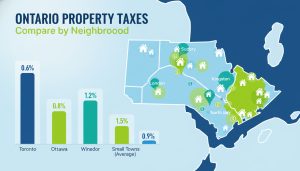When should I start packing?
Start packing now? The exact week that prevents last-minute chaos.
Clear answer: start earlier than you think
If you want a smooth moving and transition, start packing before panic sets in. For a typical local move start 4–6 weeks out. For long-distance or complex moves start 8–12 weeks out. Bigger house, more stuff, or peak season? Start even earlier. This is not opinion. It’s a proven moving timeline that saves time, money, and stress.
The high-impact packing timeline (use it)
- 8–12 weeks before move: Begin the moving plan. Book professional movers, order supplies, and start decluttering. For moving and transition projects with specialty items or long-distance logistics, this window is mandatory.
- 4–6 weeks: Pack non-essentials (seasonal gear, books, decor, rarely used kitchenware). Inventory room-by-room. Donate or sell what you won’t take.
- 2 weeks: Pack everyday items you can live without for a week. Confirm utilities, transfer mail, and finalize moving company details.
- 3 days: Pack essentials kit (documents, chargers, toiletries, one change of clothes per person). Label boxes by room and priority.
- Moving day: Keep the essentials kit with you. Supervise inventory and verify the mover’s bill of lading.

Packing strategy that saves hours and money
- Declutter first. Fewer items = lower moving cost. Use sell/donate/recycle categories immediately. Moving and transition professionals recommend discarding 10–30% before packing.
- Pack by room, not by item type. Keeps boxes organized and speeds unpacking.
- Label clearly: room, contents, and priority (open-first, fragile, donate). Use large markers and colored tape.
- Use the right supplies: small boxes for heavy items, wardrobe boxes for clothes, dish packs for glassware. Bubble wrap fragile items and fill gaps with towels or paper.
- Create an essentials box per household — snacks, medicines, documents, keys, and chargers. This prevents early-day scavenger hunts.
Booking movers: when to lock it in
Reserve reputable movers 6–8 weeks before local moves and 8–12 for long-distance or peak-season moves. Compare quotes from licensed movers. Confirm insurance and inventory procedures. A booked mover is the single biggest risk-reducer in any moving and transition plan.
Quick checklist to start today
- Order boxes and tape
- Pick one declutter category (clothes, books)
- Reserve movers or at least get three quotes
- Schedule utility transfer
Why this works
This plan treats moving as a project: timelines, resources, milestones. Start early, declutter aggressively, and pack in stages. That method reduces cost, stress, and lost items.
For a tailored moving and transition plan in Toronto or the GTA, contact Tony Sousa — experienced local realtor and moving consultant. Email: tony@sousasells.ca | Phone: 416-477-2620 | https://www.sousasells.ca





















